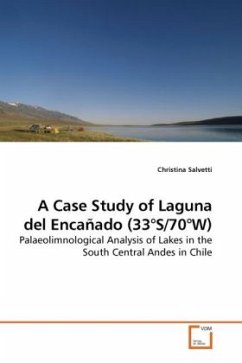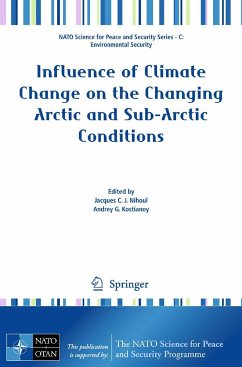
Proxy (Climate)
Versandkostenfrei!
Versandfertig in 6-10 Tagen
26,99 €
inkl. MwSt.

PAYBACK Punkte
13 °P sammeln!
High Quality Content by WIKIPEDIA articles! Climate proxies are devices that suggest the climate patterns of the past, even before those patterns were archived by humans. To produce the most precise results, systematic cross-verification between proxy indicators is necessary for accuracy in readings and record-keeping. The study of past climates is known as paleoclimatology. Examples of proxies include ice cores, tree rings, boreholes, corals, and lake and ocean sediments. Ice cores are cylindrical samples from within ice sheets in the Greenland, Antarctic, and North American regions. First at...
High Quality Content by WIKIPEDIA articles! Climate proxies are devices that suggest the climate patterns of the past, even before those patterns were archived by humans. To produce the most precise results, systematic cross-verification between proxy indicators is necessary for accuracy in readings and record-keeping. The study of past climates is known as paleoclimatology. Examples of proxies include ice cores, tree rings, boreholes, corals, and lake and ocean sediments. Ice cores are cylindrical samples from within ice sheets in the Greenland, Antarctic, and North American regions. First attempts of extraction occurred in 1956 as part of the International Geophysical Year. As original means of extraction, the U.S. Army's Cold Regions Research and Engineering Laboratory used an 80-foot-long modified electrodrill in 1968 at Camp Century, Greenland, and Byrd Station, Antarctica. Their machinery could drill through 15-20 feet of ice in 40-50 minutes. From 1300 to 3000 feet in depth, core samples were 4 inches in diameter and 10 to 20 feet long. Deeper samples of 15 to 20 feet long were not uncommon. Every subsequent drilling team improves their method with each new effort.












